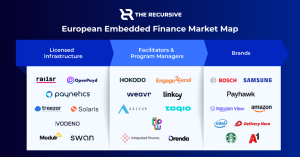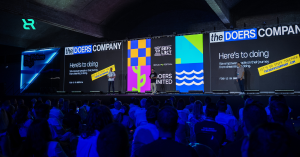2024 in XR (extended reality) was marked by a lot of lofty promises on the hardware front, but few delivered on it – aside from Apple, who did in fact ship out Apple Vision Pro, but by the end of the year, no one was talking about it anymore. This bodes well for 2025, though, because we’re bound to see some of the companies back up their announcements with actual products. Some other trends from 2024 are likely to spill over to 2025, like the omnipresent AI playing a big role in XR, but a notably different one. We’re likely to see it more as a driving force behind new hardware, and less as a vehicle for the hyperproduction of fantasy VR environments. Seeing the tech trends that took hold by the end of 2024, we’re also looking at more hyper-realistic spaces this year. But let’s take it from the top:
1. More smart glasses, without a true AR set in sight
In 2017, I gave a presentation on the future of XR, and one of my slides predicted that transparent AR glasses would initially serve as displays, with AI eventually (super)powering their features. To my surprise (and surprise of the whole XR industry), the AI component arrived before glasses with displays. Even more surprising is that such glasses have found their place in the market.
Meta’s success with smart Ray-Bans has shown the market’s interest in smart glasses even without displays. At CES, we saw several manufacturers experimenting with different approaches. We’ll see many variations on the theme this year, with the big question on whether any of the displayless smart glasses will achieve long-term success, especially given how many companies are already on the verge of producing glasses with displays.
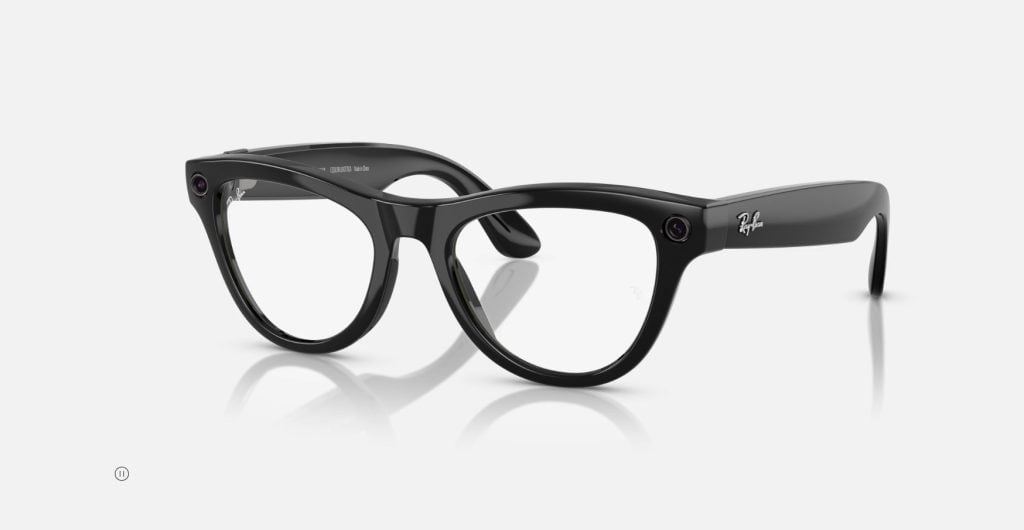
During the last Meta Connect, it was expected that Meta would be the one to introduce Ray-Bans with some form of mini-display. That didn’t happen, and instead, they presented their long-term plan for Orion, announced as “their first true augmented reality glasses” – promising immersive augmented reality capabilities packed in regular look&feel glasses.
It’s expected that some kind of Meta display glasses will see the light of day this year, but based on all available information, these glasses will, at best, have a ‘simple’ HUD display. However, considering Meta and Ray-Ban’s collaboration, they could have a significantly greater market impact than the existing products in the space.
2. XR Headsets: Crowded space, but no great reveals
This year we shouldn’t be holding our breath for a hardware revolution in this segment. Yet, at the same time, absolutely everyone is entering the space. Over the past few months, Meta announced its Meta Horizon OS, and shortly afterward, Google announced Android XR. Watching the competition between them and different headset manufacturers, choosing one or the other, will be interesting.
Samsung also showcased the design of its XR glasses, Project Monahan, but little is known about the project, with the official announcement expected later this year.
As usual, Meta is expected to lead the market shifts. While we understand their ultimate direction—Orion—the state of the XR headset segment (specifically the pass-through segment) is less clear. They’ve abandoned Quest Pro 2, yet released a cheaper Quest 3S variant, leaving us to see what their next step will be.
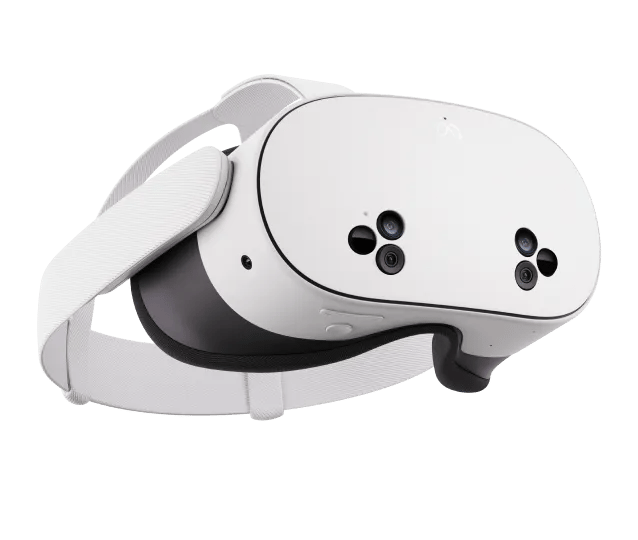
Considering various prototypes showcased over the last six months, Andrew (Boz) Bosworth’s comments about the external puck and the fact that form factor is the most critical social element for headsets, there’s a high likelihood Meta will introduce a puck to significantly reduce the glasses’ form factor. The puck essentially serves as an external processor that wirelessly feeds apps and graphics to the glasses, allowing for a sleeker design on the glasses that no longer need to house all computing power within their frames.
3. Digital Twins… of people
For over 10 years, discussions about XR have revolved around what its killer app might be. However, XR’s killer app isn’t an app at all—it’s communication. Meta likely understands this best, and everything is moving in that direction.
One of the biggest breakthroughs in this area are Codec Avatars, a technology Meta has been developing for years. Back in 2023, Lex Fridman and Mark Zuckerberg conducted an interview as their Codec Avatars, and the technology may soon become available to the general public. While the true power of Codec Avatars will be revealed once glasses like Orion become available, we may be nearing the point where people begin adopting their hyper-realistic digital copies.
While I believe that people will embrace their digital copies with technologies like Codec Avatars, I also think they want the ability to switch between avatars and their real (digital) selves in real-time. That’s why we developed a system that allows users to choose between an avatar and a real-time hologram captured by a camera, catering to this transitional period when people may still prefer to choose how they feel and want to present themselves ‘in the moment.’
4. Gaussian Splatting everywhere
We will see more digital copies of personal spaces, which has been gaining traction in recent years with technologies like NeRFs and Gaussian Splatting. These technologies enable end-users to quickly and easily create a 3D model of their space using just their phone, allowing them to experience them in virtual reality. Meta and Niantic are heavily investing in this direction, so it’s likely we’ll see significant advancements this year in optimization and visualization, as both the industry and the scientific community work toward achieving hyper-realistic environments.
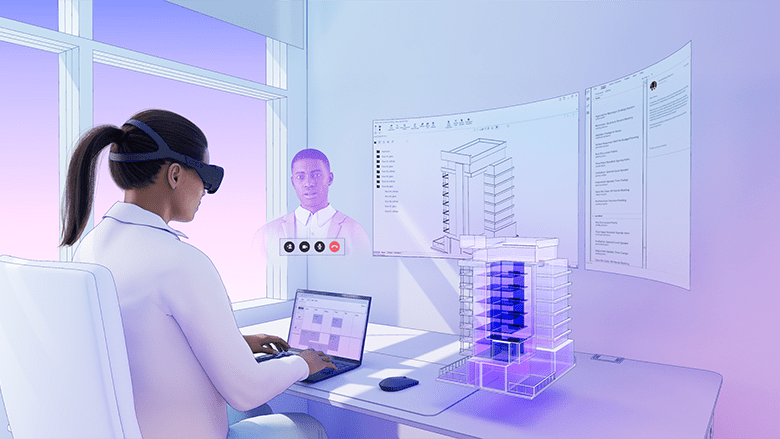
But we’re posing a different question: Once you’ve achieved that visual fidelity, what comes next?
With over a decade of experience working with digital twins across fields such as marketing, tourism, industry, and others, in Holonet we’ve learned that their true potential lies not just in their accuracy but in what you can do within them. For example, we want to create a template system to enable simple creation of various interactive experiences within these spaces. We are also looking at how we can further improve them to leverage the possibilities of digital spaces. This means taking the foundation of physical space and breaking the laws of physics—why have a ceiling when you can have a starry sky? Why have static walls when they can be fluid and interactive?
5. Quality vs. quantity of content
As new reports on the state of XR are published in 2025, there is always a common denominator—content, or at least the perceived lack of content. Users are citing lack of content and low findability of good XR experiences as barriers to entry (along with the ever-standing complaint about bulky headsets), and companies are happy to join in these complaints, calling for more funding to develop said content.
However, new XR experiences do keep cropping up, sometimes as XR-first apps and sometimes as XR revamps or face-lifts of popular VR titles. What is notably lacking are truly captivating XR experiences that leverage the possibilities of mixed and augmented reality, rather than just transporting elements from VR to a pass-through environment.
That will become even more of an issue as new XR headsets and smart display glasses come to market – and one that will need to be addressed this year if we want the hardware to take hold.



